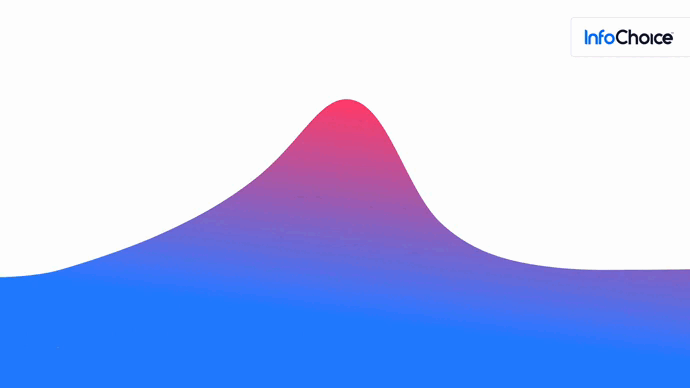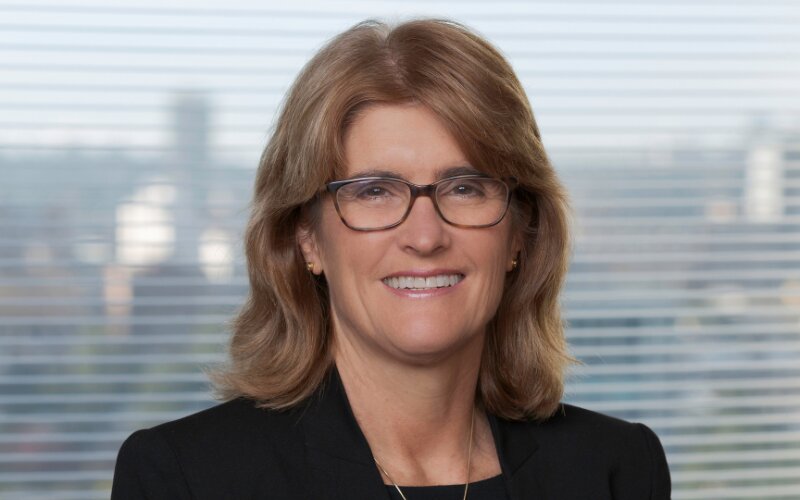Speaking on Monetary Policy, Demand and Supply to the National Press Club on Wednesday, RBA Governor Dr Philip Lowe noted many Aussies who have previously held ultra-low(e) fixed-rate loans, have already transitioned to a variable rate loan.
“I don’t like the cliff analogy - this is not a cliff, it’s kind of a ramp-up,” Dr Lowe said.
“The banks are telling us that people who have already transitioned are performing as well with their mortgages as the people who had variable-rate loans.
“Many of these people who have had fixed rate loans for 1-, 2-, 3-years have paid much lower interest rates than the rest of the community for some time.
“They [fixed-rate borrowers] have known for some time they were going to have to pay higher rates and most have been planning for it.”
This comes after lending data shows February marked another all-time high in the mortgage refinancing space.
Analysis by sister comparison site InfoChoice shows the glut of fixed-rate expiries occurring takes on more of a wave shape.

Rental stress a more burgeoning issue
Instead, Dr Lowe noted rental stress is now as big an issue as mortgage stress - which will present a cause for concern on inflation figures in the months to come.
“As rents make up 6% of the CPI [inflation], what happens here can have a significant influence on overall inflation figures,” he said.
“Population growth has picked up sharply and it now seems likely that the annual rate of population growth will soon be around 2%, which would be close to the peak reached during the resources boom.
“It takes a long time for housing supply to respond fully to shifts in population growth – in the previous episode of strong population growth, it took around five years.
“One possible adjustment over the near term is that the average number of people living in each dwelling might increase, reversing the pandemic-period fall.
“This would reduce overall demand for new dwellings. But even if this were to happen, it is likely that the balance between demand and supply in the housing market will result in rents inflation being quite high for a while. This will be one factor adding to inflation over the period ahead.”
Read more: What is the fixed rate mortgage cliff?
This comes as CoreLogic's Rental Review for the March quarter revealed an annual jump in rental costs of more than 10% while vacancy rates remained near record lows.
CoreLogic Economist Kaytlyn Ezzy said the strongest overseas migration rate since the onset of COVID coupled with the shortage in rental listings saw the national vacancy rate tighten to a new record low of 1.0% in February before nudging slightly higher to 1.1% in March, down from 1.3% in December.
“The uptick in rental growth can be attributed to surging rents in the unit market, particularly across the largest capitals, with increased demand from overseas migration occurring amid a shortage of rental supply pushing rents higher,” Ms Ezzy said.
Electricity prices to bear further weight on inflation
Like rents, electricity prices are anticipated by Dr Lowe to weigh significantly on inflation figures in the months ahead, with a 15% increase in prices expected.
This comes following a 12% increase in electricity prices throughout 2022.
“This surge in prices is not because the demand for electricity in Australia has been unusually strong,” Dr Lowe said.
“Global supply-side factors are part of the explanation, but so too are domestic supply-side factors.
“These factors have since abated, but avoiding a mismatch in the timing between the ageing of existing generation capacity and the installation of new renewable supply capacity will remain a challenge.”
From 1 July, electricity prices for households in NSW, SA, and South-East QLD are set for power bill hikes of up to 23.7%, while in VIC electricity bills are anticipated to climb up to 30%.
‘Too early’ to even be considering interest rate cuts
Despite calls from major bank economists for Aussies to expect cuts to the cash rate in the next two years, much like the mortgage rate ‘cliff’ Dr Lowe shot down forecasts.
"I do think it's too soon to talk about interest rate cuts," Dr Lowe said.
"We've got the highest inflation rate in 30 years. The lowest unemployment rate in 50 years, and still two years before we get inflation back to the top of the target range.
"So I think it's too early, way too early, to be talking about interest rate cuts and the balance of risk like further rate rises, but it will depend upon the data."
ANZ economists have the most conservative cutting timeline, not forecasting cuts until late 2024.
When will inflation return to target?
Dr Lowe notes based on current RBA forecasts, inflation is set to return to the top of the 2-3% target range by mid-2025.
“This forecast takes into account the supply-side considerations [rental inflation, electricity and productivity],” he said.
“I am raising these supply-side issues because they matter for inflation, and they help shape the context within which the Board makes its decisions.
“While supply-side factors are influencing how fast inflation declines, they cannot be a reason to tolerate higher inflation on an ongoing basis.
“Dealing with the supply-side issues will be harder, not easier, if inflation stays high for too long. The Board is committed to making sure this does not happen and the way we will do so is to manage aggregate demand with interest rates.”
Advertisement
Buying a home or looking to refinance? The table below features home loans with some of the lowest interest rates on the market for owner occupiers.
| Lender | Home Loan | Interest Rate | Comparison Rate* | Monthly Repayment | Repayment type | Rate Type | Offset | Redraw | Ongoing Fees | Upfront Fees | Max LVR | Lump Sum Repayment | Extra Repayments | Split Loan Option | Tags | Features | Link | Compare | Promoted Product | Disclosure |
|---|---|---|---|---|---|---|---|---|---|---|---|---|---|---|---|---|---|---|---|---|
5.54% p.a. | 5.58% p.a. | $2,852 | Principal & Interest | Variable | $0 | $530 | 90% |
| Promoted | Disclosure | ||||||||||
5.49% p.a. | 5.40% p.a. | $2,836 | Principal & Interest | Variable | $0 | $0 | 80% |
| Promoted | Disclosure | ||||||||||
5.64% p.a. | 5.89% p.a. | $2,883 | Principal & Interest | Variable | $250 | $250 | 60% |
| Promoted | Disclosure | ||||||||||
5.64% p.a. | 5.89% p.a. | $2,883 | Principal & Interest | Variable | $248 | $350 | 60% |
| Disclosure |
Image by Ovan via Pexels

Ready, Set, Buy!
Learn everything you need to know about buying property – from choosing the right property and home loan, to the purchasing process, tips to save money and more!
With bonus Q&A sheet and Crossword!







 Denise Raward
Denise Raward
 Harry O'Sullivan
Harry O'Sullivan
 Bea Garcia
Bea Garcia
 Dominic Beattie
Dominic Beattie
 Emma Duffy
Emma Duffy

